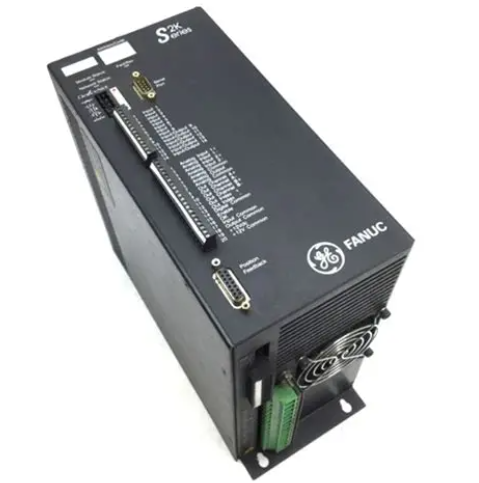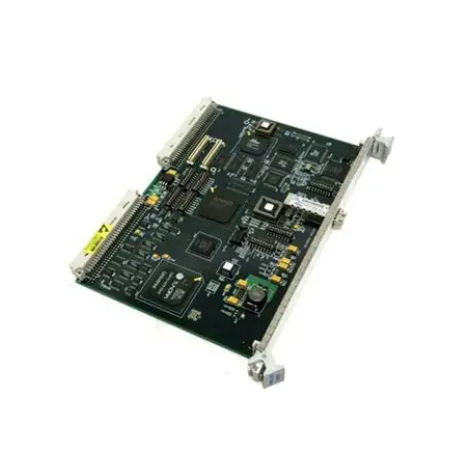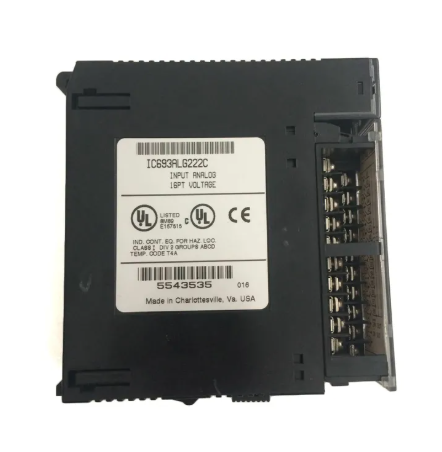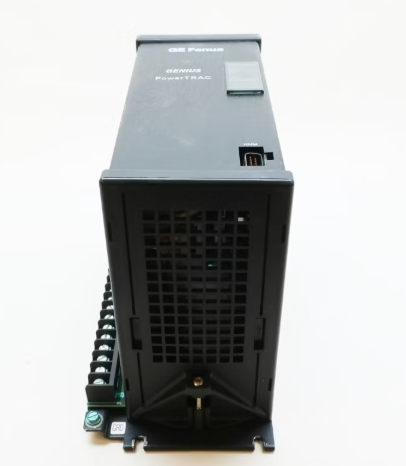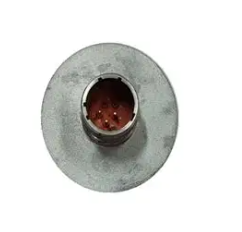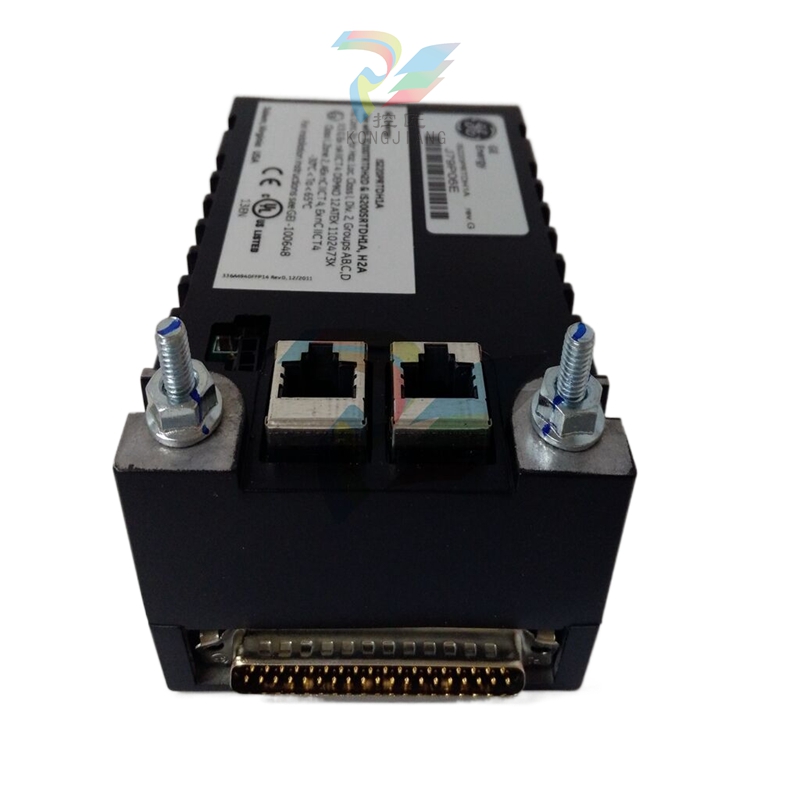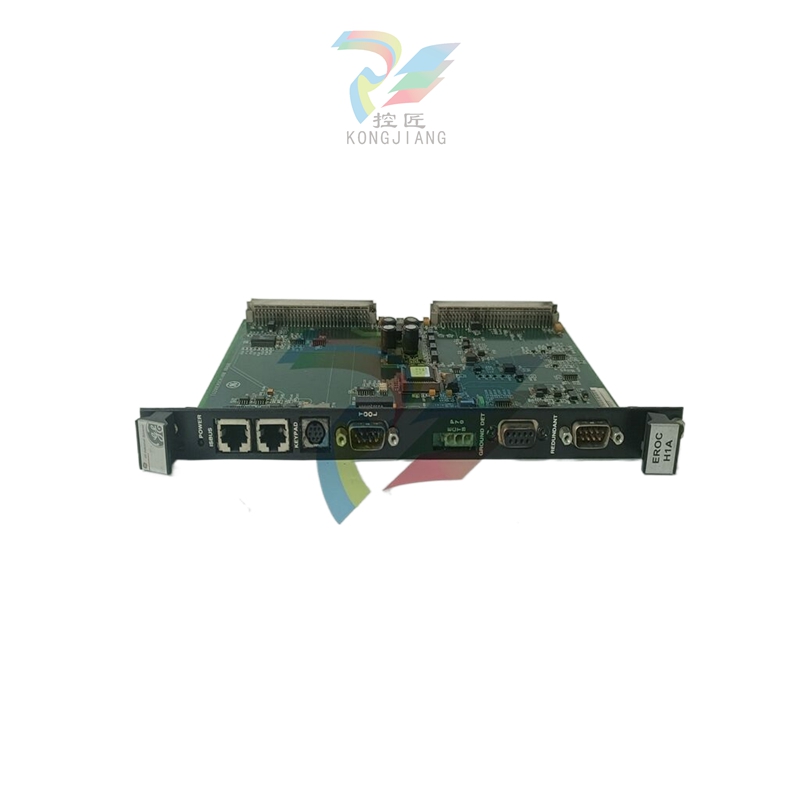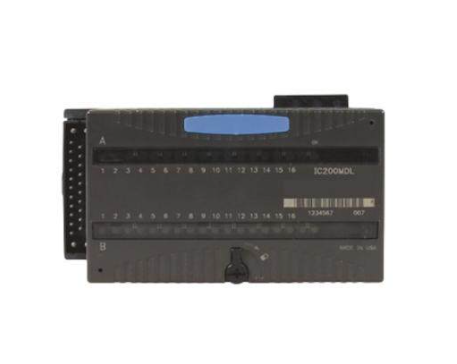S7-300 CPU 31xC 和 CPU 31x
Routing and data record routing
Routing is the transmission of data across network boundaries. Information can be sent from sender to receiver across several networks.
The data logging route is an extension of the common route. For example, when the programming device is not directly connected to the target device
PROFIBUS DP subnets, but when connected to the CPU's PROFINET interface, SIMATIC PDM will make
Record routes with data. The data sent through the data recording route includes parameters of the participating field devices (slave stations)
Configuration, and device-specific information (e.g., set values, limit values, etc.). Data records the destination address structure of the route
Depends on the content of the data, i.e. the secondary station receiving the data.
When a programming device is assigned a different subnet from the target slave station, the data record route can also be read using the programming device
Set of parameters that already exist on the field device, edit them, and return them to the field device.
The field devices themselves do not need to support data record routing because they do not forward the received information.

Clock synchronization
1:intro
The CPU interface supports clock synchronization. The CPU can be programmed to act as a time master (with a default synchronization interval)
Interval) or time to run from the station.
Default value: No clock synchronization
Set synchronization mode
In the properties dialog box of HW Config, set the synchronization mode as follows:
In AS (on the central I/O bus) : Tab → Diagnostics/Clock (Tab → Diagnostics/Clock)
(Also applicable to MPI on CPU without DP interface)
● For MPI/DP or DP interface: Tab → Clock
● For PROFINET interface: Tab → Clock synchronization
2: interface
The following interfaces support clock synchronization:
● MPI interface
The CPU can be configured as either a time master or a time slave.
● DP interface
The CPU can be configured as either a time master or a time slave.
● PROFINET interface
The clock is synchronized with the CPU on the client through NTP.
● On the automation system in the central rack
The CPU can be configured as either a time master or a time slave.
Instructions
On many of these interfaces, the CPU cannot be used as a time slave.
CPU as time slave station
When acting as a time slave, a CPU receives synchronization frames only from a time master and uses that time as an internal time for that CPU
Between.
The CPU serves as the time master
When acting as a time master, the CPU broadcasts clock-sync frames at set synchronization intervals to synchronize them in the subnet to which they are connected
It stands.
Requirement: The CPU clock is no longer in the default state. The clock must be set at least once.
Clock synchronization as a time master begins with:
● After this time is initialized by SFC 0 "SET_CLK" or programming device function
● Use another time master, provided that the CPU is also programmed as an MPI/DP or PROFINET interface
Time operates from the station.
Instructions
The real-time clock of the CPU is not set in the following cases:
before delivery
after the mode selector switch is reset to factory Settings
After firmware update

3. Point-to-point connection
Stats:
Point-to-point connections allow data to be exchanged over serial interfaces. Point-to-point connections can be used to interconnect programmable controllers, computations
Computer or third party system with communication function. It can also be adjusted according to the procedures of the communication partner.
3.1 Data Consistency
Stats:
A data area is consistent if it can be read or written to in the operating system as a block. Station to station
The data exchanged centrally between them should belong to a whole and originate from a processing cycle, that is, the data is consistent. If user
Programs that include programmed communication capabilities (for example, using XSEND/XRCV to access shared data) can pass
The "BUSY" parameter itself coordinates access to the corresponding data area.
Use the PUT/GET function
For some S7 communication functions that do not require blocks in CPU (server mode) user programs (e.g.,
In terms of PUT/GET or write/read access via OP communication, the scope of data consistency must be considered during programming.
The PUT/GET function of the S7 communication or the read/write variable operation through the OP communication are executed at the cycle control point of the CPU
Fine. To guarantee the defined hardware interrupt response time, the communication variables need to be in the form of blocks of up to 240 bytes, to/from
The copied user memory in the operating system loop control point is continuously copied. There is no guarantee for larger data areas
Data consistency.
Using PUT/GET functions and "Prioritized OCM communication"
If the operation is configured as "OCM communication by priority", the specified data consistency is lost (see the chapter "OP Communication (page 80)"). Therefore, data consistency must be ensured through user programs.
Keep the following consistent:
● Byte, word, double-word access (e.g. LMDx)
● SFC 14 "DPRD_DAT"
● SFC 15 "DPWR_DAT"
SFC 81 "UBLKMOV" (for copying up to 512 bytes of data)
It should also be understood that if OCM Communication by Priority is configured, the communication will not be changed at the loop control point
Quantities are continuously copied to/from working memory in blocks of up to 240 bytes. Therefore, it should be done while the user program is running
Copy the data.

Quantity name
① Analog input and analog output
② Digital input
③ digital output
3.2 SNMP Communication Service
availability
SNMP V1, MIB-II communication services can be used with integrated PROFINET interfaces and using version 2.2 or later
Firmware for the CPU.
Stats
SNMP (Simple Network Management Protocol) is the standard protocol for TCP/IP networks.
3.3 Open communication over Industrial Ethernet
demand
● Since STEP 7 V5.4 + SP4
Feature
Cpus with integrated PROFINET interfaces support over industrial Ethernet starting with firmware V2.3.0 or V2.4.0
Open communication function (referred to as: Open IE communication)
Open IE communication provides the following services:
● Connection-oriented protocols
- TCP compliant with RFC 793, connection type B#16#01, firmware V2.3.0 and later
- TCP compliant with RFC 793, connection type B#16#11, firmware V2.4.0 and later
- ISO-on-TCP compliant with RFC 1006, firmware V2.4.0 and higher
● No connection protocol
- UDP compliant with RFC 768, firmware V2.4.0 and later

Attributes of the communication protocol
The following protocol types are included in data communication:
● Connection-oriented protocols:
These protocols establish a (logical) connection to a communication partner before the data transfer and then after the transfer is complete
The connection needs to be closed. When the security of data transmission is particularly important, connection-oriented protocols are used. Usually pass
Multiple logical connections can be established over a single physical cable.
FB for open communication over "Industrial Ethernet" supports the following connection-oriented protocols:
- TCP compliant with RFC 793 (connection types B#16#01 and B#16#11)
- ISO-on-TCP according to RFC 1006 (connection type B#16#12)
● No connection protocol:
These protocols can work without establishing a connection. This means there is no need to establish and terminate connections to remote partners
Answer. Connectionless protocols do not require confirmation to transmit data to remote partners; Therefore, data transmission is not secure.
FB for open communication over industrial Ethernet supports the following connectionless protocols:
- UDP compliant with RFC 768 (connection type B#16#13)
How to communicate with Open IE?
To allow the exchange of data with other communication partners, STEP 7 provides the following FB and under Communication Blocks in the Standard Library
UDT:
● Connection-oriented protocols: TCP, ISO-on-TCP
- FB 63 "TSEND" for sending data
- FB 64 "TRCV" for receiving data
- FB 65 "TCON" for connection
- FB 66 "TDISCON" for disconnection
- UDT 65 "TCON_PAR", whose data structure allows the connection to be parameterized
● No connection protocol: UDP
- FB 67 "TUSEND" for sending data
- FB 68 "TURCV" for receiving data
- FB 65 "TCON" for establishing local communication access points
- FB 66 "TDISCON" for parsing local communication access points
- UDT 65 "TCON_PAR", whose data structure can be parameterized to local communication access points
- UDT 66 "TCON_ADR" with remote partner addressing parameter data structure
Operator controls and indicators for CPU 313C-2 DP

Quantity name
① Status and error indicators
② Slot of SIMATIC MMC card (including eject device)
③ Integrated input and output terminals
④ Power connection
⑤ 2. Interface X2 (DP)
⑥ 1. Interface X1 (MPI)
⑦ Mode selector
A block of data for parameterization
A block of data for parameterizing TCP and ISO-on-TCP connections
To use TCP and ISO-on-TCP configuration connections, you need to create a number that contains UDT 65 "TCON_PAR" medians
According to the structure of DB. This data structure contains all the parameters needed to establish the connection. Each connection requires such a number
According to the structure, you can arrange it in the global data store.
The CONNECT parameter of FB 65 "TCON" contains a reference to the address of the corresponding connection description (e.g.,
P#DB100.DBX0.0 Byte 64).
A block of data used to parameterize local communication access points using UDP
To assign parameters to the local communication access point, create one that contains the UDT 65 "TCON_PAR" data structure
DB. This data structure contains the parameters needed to establish a connection between the user program and the communication layer of the operating system
The CONNECT parameter of FB 65 "TCON" contains a reference to the address of the corresponding connection description (e.g.,
P#DB100.DBX0.0 Byte 64).
Instructions
Setting Connection Instructions (UDT 65)
You need to enter the communication interface in the "local_device_id" parameter of UDT65 "TCON_PAR" (for example
B#16#03: Communication via IE interface integrated with CPU 319-3 PN/DP).
Establish communication connection
● Suitable for TCP and ISO-on-TCP
Both communication partners call FB 65 "TCON" to establish a connection. Define which communication partner is used as master during parameterization
Dynamic communication endpoints and which are used as passive communication endpoints. To determine the number of possible connections, see your CPU's technology
The technical specifications.
The CPU automatically monitors and maintains active connections.
If the connection is interrupted, for example due to an open circuit or a telecommunication partner, the active party will attempt to re-establish the connection
Answer. You don't have to call FB 65 "TCON" again.
The active connection is terminated by calling FB 66 "TDISCON" or when the CPU is in STOP mode. Want to re-
To establish a connection, you must call FB 65 "TCON" again.
● Suitable for UDP
Both communication partners call FB 65 "TCON" to set up their local communication access point. This will be in the user program and operation
Connections are established between the communication layers of the system. Connections to remote partners are not established.
The local access point is used to send and receive UDP packets.
Distinguish between PROFINET IO and PROFINET CBA features
PROFINET IO and CBA represent automation equipment for "industrial Ethernet" from two different perspectives.

Component-based automation divides the entire device into different functions. These functions are configured and programmed separately.
The device view provided by PROFINET IO is very similar to the PROFIBUS view. You can continue to configure and configure individual programmable controllers
- EMERSON
- Honeywell
- CTI
- Rolls-Royce
- General Electric
- Woodward
- Yaskawa
- xYCOM
- Motorola
- Siemens
- Rockwell
- ABB
- B&R
- HIMA
- Construction site
- electricity
- Automobile market
- PLC
- DCS
- Motor drivers
- VSD
- Implications
- cement
- CO2
- CEM
- methane
- Artificial intelligence
- Titanic
- Solar energy
- Hydrogen fuel cell
- Hydrogen and fuel cells
- Hydrogen and oxygen fuel cells
- tyre
- Chemical fiber
- dynamo
- corpuscle
- Pulp and paper
- printing
- fossil
- FANUC
- Food and beverage
- Life science
- Sewage treatment
- Personal care
- electricity
- boats
- infrastructure
- Automobile industry
- metallurgy
- Nuclear power generation
- Geothermal power generation
- Water and wastewater
- Infrastructure construction
- Mine hazard
- steel
- papermaking
- Natural gas industry
- Infrastructure construction
- Power and energy
- Rubber and plastic
- Renewable energy
- pharmacy
- mining
- Plastic industry
- Schneider
- Kongsberg
- NI
- Wind energy
- International petroleum
- International new energy network
- gas
- WATLOW
- ProSoft
- SEW
- wind
- ADVANCED
- Reliance
- YOKOGAWA
- TRICONEX
- FOXBORO
- METSO
- MAN
- Advantest
- ADVANCED
- ALSTOM
- Control Wave
- AB
- AMAT
- STUDER
- KONGSBERG
- MOTOROLA
- DANAHER MOTION
- Bently
- Galil
- EATON
- MOLEX
- Triconex
- DEIF
- B&W
- ZYGO
- Aerotech
- DANFOSS
- KOLLMORGEN
- Beijer
- Endress+Hauser
- MOOG
- KB
- Moxa
- Rexroth
- YAMAHA
- Johnson
- Westinghouse
- WAGO
- TOSHIBA
- TEKTRONIX


Email:wang@kongjiangauto.com

















































































































